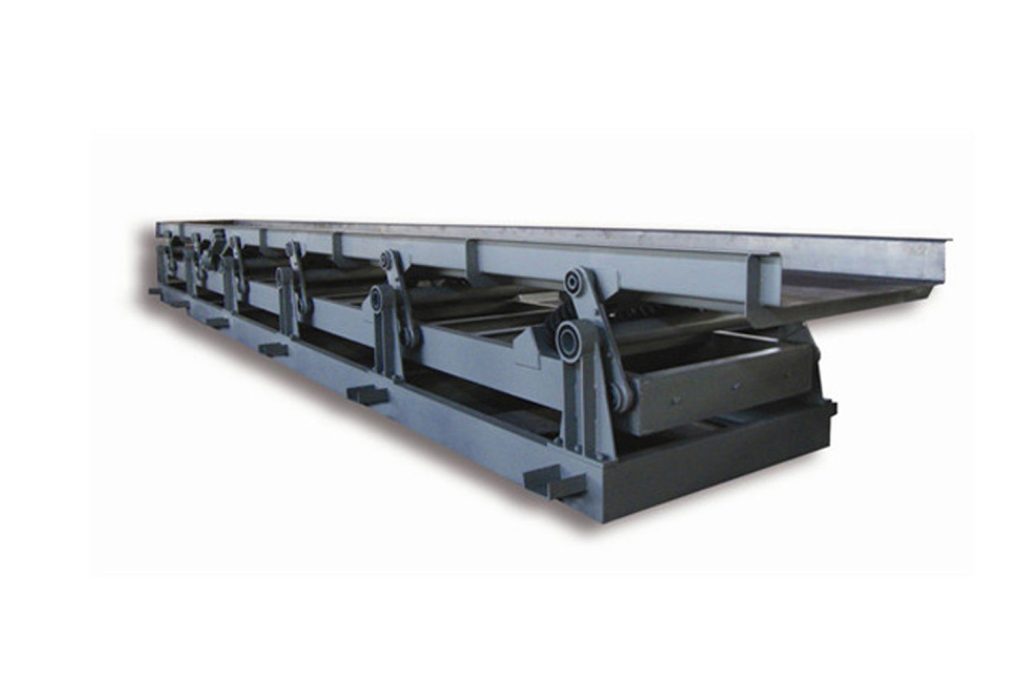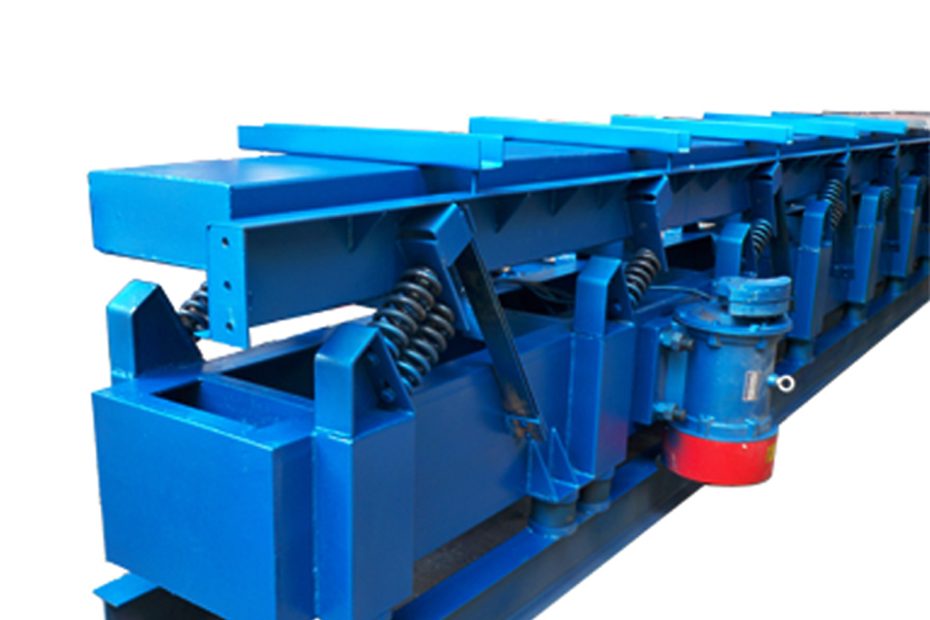Vibrating conveyors are widely used in various industries for efficient and reliable material handling. The design of the trough, which serves as the conveying surface, plays a critical role in the performance of these conveyors. The trough design affects factors such as material flow, conveyance efficiency, maintenance requirements, and overall conveyor performance.
Importance of Trough Design of Vibrating Conveyor
The trough design of a vibrating conveyor influences several aspects that ultimately determine its performance and effectiveness. These include:
- Material Flow:The trough design directly affects the flow of material along the conveyor. Factors such as trough shape, width, depth, and slope impact how the material is distributed, oriented, and transferred along the conveyor length. Proper trough design ensures smooth and controlled material flow, minimizing the risk of blockages, spills, or material accumulation.
- Conveyance Efficiency:Efficient material conveyance is essential for maximizing the productivity of vibrating conveyors. The trough design influences factors such as conveying speed, capacity, and power requirements. A well-designed trough minimizes energy losses, promotes even material distribution, and ensures optimal material transportation, leading to improved conveyance efficiency.
- Material Containment:The trough design must effectively contain the material being conveyed, preventing spillage or loss during transportation. A properly designed trough minimizes material leakage, reduces dust emissions, and maintains a clean working environment. This is particularly important when handling fine or powdery materials that are prone to dispersion.
- Wear and Maintenance:The design of the trough can impact the wear and maintenance requirements of the vibrating conveyor. A trough with appropriate lining materials, wear-resistant coatings, or reinforcement features can extend the lifespan of the conveyor and minimize downtime associated with maintenance and repairs. Additionally, easy access to the trough for cleaning and inspection is crucial for efficient maintenance procedures.

Five major factors should be considered in the design of the vibrating conveyor tank
- Material Characteristics:The properties of the conveyed material, such as size, shape, bulk density, abrasiveness, and flowability, should guide the selection of trough design parameters. Different materials may require specific trough profiles, surface treatments, or lining materials to ensure optimal conveyance and minimize material degradation.
- Trough Shape:The trough shape influences the material flow pattern and distribution along the conveyor. Common trough shapes include flat, tubular, U-shaped, or V-shaped profiles. The selection of the appropriate trough shape depends on the material characteristics, required flow pattern, and specific application requirements.
- Trough Width and Depth:The trough dimensions, including width and depth, should be carefully determined to accommodate the material volume and optimize material flow. A wider and deeper trough allows for greater material capacity but may also increase power requirements. Balancing these factors is crucial to achieve efficient and reliable conveyance.
- Trough Slope:The slope of the trough affects the speed and direction of material flow. A steeper slope can increase conveying speed, while a gentler slope promotes controlled flow and prevents material spillage. The trough slope should be optimized based on the material characteristics, required throughput, and application-specific requirements.
- Trough Surface and Linings:The surface of the trough can be customized to suit the material being conveyed. Factors such as roughness, coatings, or liner materials can enhance material flow, reduce friction, and protect the trough from wear. Selection of suitable surface treatments and linings depends on material properties and potential abrasion or corrosion risks.
Conclusion
The design of the trough in a vibrating conveyor significantly influences its performance, efficiency, and overall effectiveness in material handling applications. By considering factors such as material flow, conveyance efficiency, material containment, and maintenance requirements, the trough design can be optimized to enhance conveyor performance and productivity.
Proper selection of trough shape, width, depth, slope, and surface treatments ensures smooth material flow, minimizes material degradation, and reduces downtime associated with maintenance and repairs. The continuous advancement in trough design techniques empowers industries to optimize t
